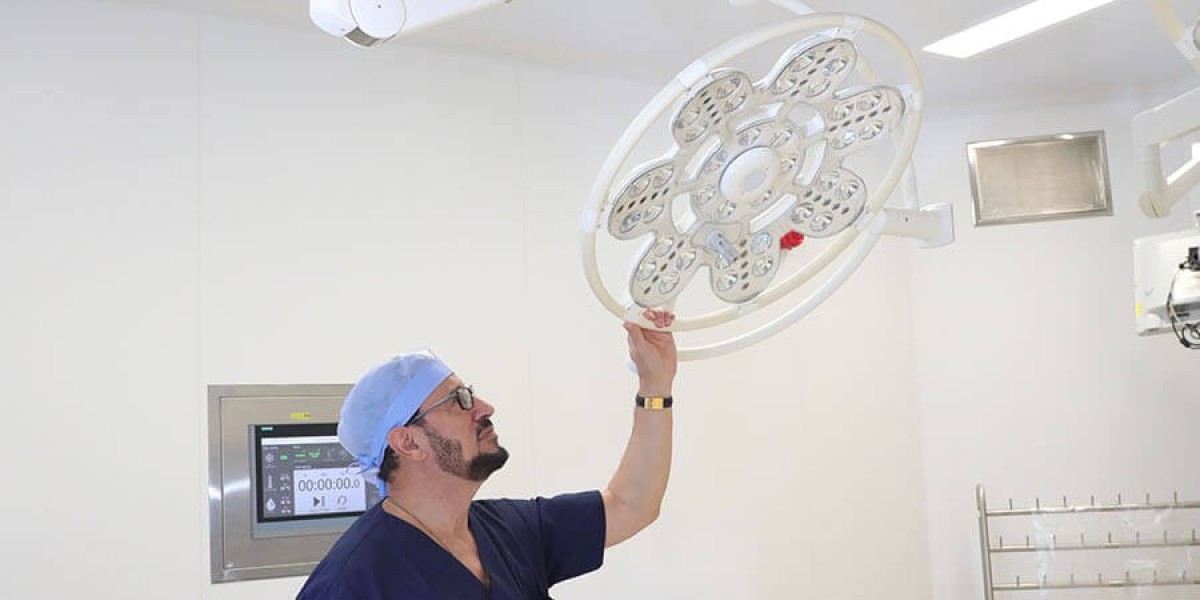The amount of weight you can lose with a gastric balloon varies from person to person and depends on several factors, including your starting weight, lifestyle changes, and adherence to a recommended diet and exercise plan. Gastric balloons are typically considered a non-surgical, temporary weight loss option for individuals who are overweight or obese and have struggled with other weight loss methods.
On average, people who undergo gastric balloon procedures may lose about 10% to 15% of their excess body weight during the time the balloon is in place, which is usually around 6 to 12 months. However, some individuals may experience more significant weight loss, while others may lose less. It's important to note that the effectiveness of a gastric balloon also depends on your commitment to making sustainable lifestyle changes, such as adopting a healthier diet and engaging in regular physical activity.
It's essential to consult with a healthcare provider or a bariatric specialist to determine if a gastric balloon is a suitable option for you and to discuss your weight loss goals and expectations. They can provide you with more personalized information based on your specific circumstances and help you make an informed decision about whether a gastric balloon is the right choice for your weight loss journey.
What are the two types of gastric balloons?
Gastric balloons are medical devices used in the treatment of obesity and weight management. There are two main types of gastric balloons:
1.Intragastric Air-Filled Balloons: These balloons are inserted into the stomach in deflated form and then filled with air once they are in place. They take up space in the stomach, leading to a feeling of fullness and reduced food intake. These balloons are usually temporary and can remain in the stomach for a few months before they are removed.
2.Intragastric Fluid-Filled Balloons: These balloons are similar in concept to air-filled balloons but are filled with a sterile saline solution instead of air. They are also inserted into the stomach in deflated form and then filled with the saline solution. Like air-filled balloons, they occupy space in the stomach and promote a sensation of fullness. These balloons are also typically temporary and are removed after a few months.
Both types of gastric balloons are used as part of a comprehensive weight management program that includes diet, exercise, and behavioral changes. They are usually recommended for individuals with obesity who have not responded well to other weight loss methods and are considered less invasive than surgical weight loss procedures like gastric bypass or sleeve gastrectomy. However, they are not a permanent solution, and their effectiveness depends on individual factors and adherence to the recommended lifestyle changes.
What is the difference between Obalon and orbera?
Obalon and Orbera are two different types of intragastric balloon systems used for weight loss. While they share the same general purpose of aiding weight loss, there are several differences between them:
1.Composition:
- Obalon: The Obalon Balloon System consists of multiple lightweight, gas-filled balloons that are swallowed one at a time in a capsule and then inflated once they reach the stomach. The balloons are typically taken over a period of a few weeks to gradually expand the stomach.
- Orbera: The Orbera Intragastric Balloon is a single, fluid-filled balloon that is inserted into the stomach endoscopically (through the mouth) and then inflated with a sterile saline solution.
2.Placement Procedure:
- Obalon: The Obalon balloons are swallowed by the patient in a series of non-surgical procedures. No sedation or anesthesia is required for placement.
- Orbera: Orbera is inserted into the stomach through an endoscopic procedure, which typically requires sedation or anesthesia. This procedure is more invasive than the Obalon placement.
3.Number of Balloons:
- Obalon: Multiple balloons are used in the Obalon system, usually three balloons, which are swallowed one at a time over a few weeks.
- Orbera: Orbera involves a single intragastric balloon.
4.Duration:
- Obalon: The Obalon balloons are typically left in the stomach for six months.
- Orbera: The Orbera balloon is typically removed after six months as well.
5.Weight Loss Results:
- The weight loss results can vary from person to person and are influenced by factors like diet, exercise, and individual metabolism. Both Obalon and Orbera are designed to help with portion control by occupying space in the stomach, leading to reduced food intake.
6.Removal:
- Obalon: Removal of Obalon balloons is typically done through an endoscopic procedure.
- Orbera: Removal of the Orbera balloon is also performed through an endoscopic procedure.
7.FDA Approval:
- Both Obalon and Orbera have received FDA approval for use in the United States.
It's important to note that the choice between Obalon and Orbera, or any other weight loss method, should be made in consultation with a healthcare provider. The best option for an individual depends on their specific health condition, weight loss goals, and medical history. Additionally, these devices are typically used as part of. A comprehensive weight loss surgery that includes dietary and lifestyle changes, as well as ongoing medical supervision.
What is the safest gastric balloon?
Some of the gastric balloons that were approved for use in the United States included:
1.Orbera Intragastric Balloon: This is a saline-filled balloon that is inserted into the stomach. And inflated to help control hunger and promote weight loss.
2.ReShape Integrated Dual Balloon System: This system involves the placement of two connected balloons in the stomach.
3.Obalon Balloon System: Obalon uses a swallowable capsule that expands into a gas-filled balloon once inside the stomach.
Each of these balloons had its own set of potential risks and benefits. And the choice of which one is safest for an individual depends. On their specific medical history, preferences. And the recommendation of their healthcare provider.
Please note that medical technology and treatments may have evolved since my last update in September 2021. Newer and potentially safer gastric balloons may have been developed or approved since then. Always consult with a qualified healthcare professional. Who can provide you with the most up-to-date information. And recommendations based on your individual circumstances. Additionally, consider discussing alternative weight loss methods. And the potential risks and benefits of any medical procedure before making a decision.



